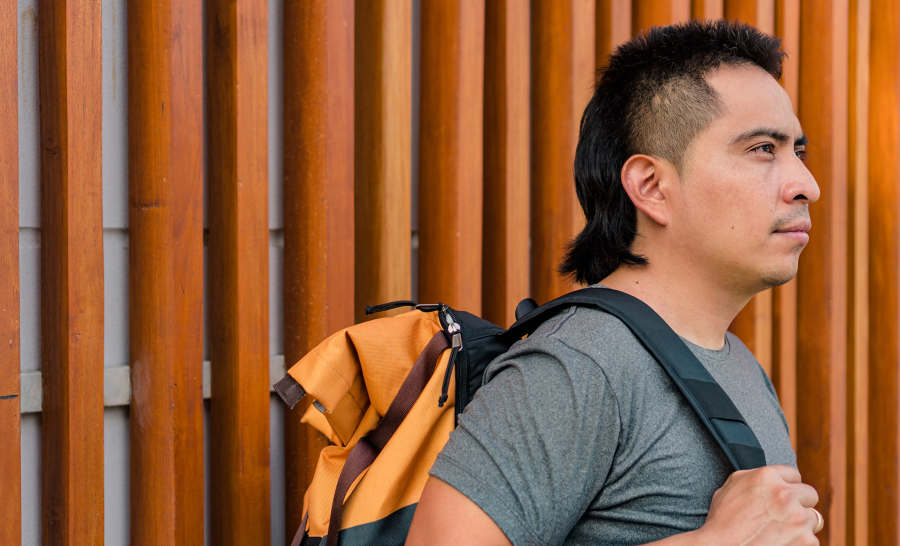2022: The Year in #AdvocateFirstgen
As 2022 comes to a close, it’s a good time to reflect on the year’s #AdvocateFirstgen efforts that benefited first-generation college students.
Swain et al. / Journal of Racial and Ethnic Health Disparities / August 2022

Despite a growing population, American Indian and Alaska Native (AI/AN) students have seen no meaningful increase in representation in allopathic and osteopathic medical degree programs. While AI/AN medical students are more likely to practice in underserved areas, they face financial and sociocultural obstacles towards doing so. This underscores the need to understand the experiences of these trainees, and identify barriers and facilitators to the successful recruitment, retention, and advancement of AI/AN trainees. A survey was administered to members of the Association of Native American Medical Students (ANAMS), an organization representing self-identified Native medical students. This survey elicited demographic information, opinions of institutional climate, and aspects of academic and social experiences during medical school. There were n = 39 complete responses. Over fifty percent of respondents (n = 21) identified as AI/AN alone and not in combination with another racial or ethnic group. Overall, respondents were: Generally, not satisfied with their school’s engagement with Native communities and AI/AN health curricula. Likely to report barriers towards their timely advancement in training, namely being a first-generation or low income student, and feelings of imposter syndrome. Likely to report an interest to work in primary care fields and serve AI/AN communities in the future. This survey identified several barriers to successful AI/AN medical trainee advancement, highlighting opportunities for institutions to foster inclusion of AI/AN trainees and grow the number of Native physicians.